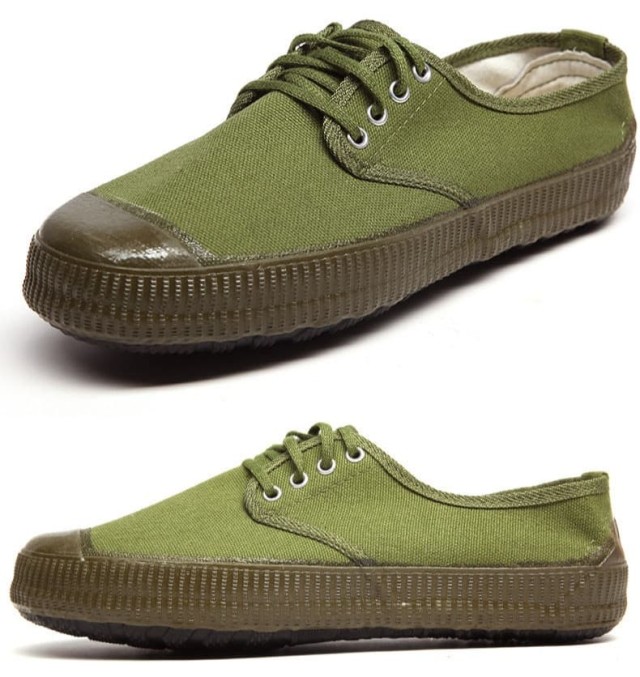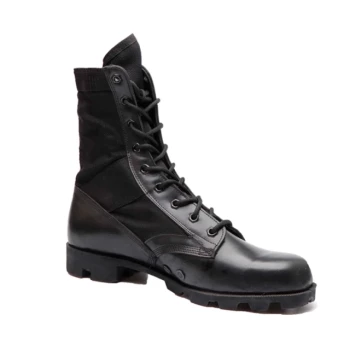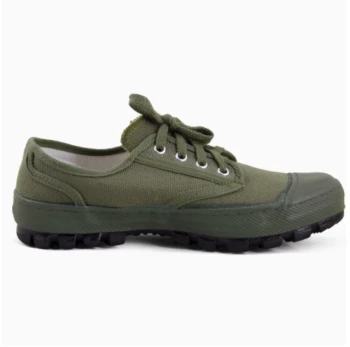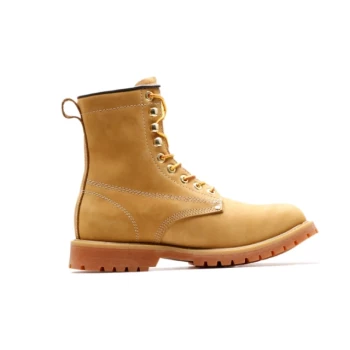The story of camouflage fabric is one of necessity breeding innovation—what began as military survival tactics now influences everything from outdoor gear to high fashion. This article traces how material science transformed basic concealment into specialized performance textiles across industries.
The Military Origins of Pattern Innovation
Modern camouflage traces its roots to wartime problem-solving. When visibility meant vulnerability, armed forces pioneered fabric technologies that still inform today's smart textiles.
Early WWI Disruptive Concealment
Research shows the first systematic military camouflage emerged when artillery spotters adopted aerial reconnaissance. The French "camoufleurs" (1915) developed disruptive patterns to break up human silhouettes, moving beyond solid-color uniforms like British khaki. This marked the shift from uniform coloration to purpose-designed concealment.
WWII Jungle vs Desert Differentiation
By WWII, militaries created environment-specific patterns:
- The US developed frogskin patterns for Pacific jungles
- Germany's Afrika Korps introduced dust-colored mesh overlays
- British paratroopers used reversible smocks (green/brown)
These innovations proved that effective camouflage required material adaptation—not just color matching.
Modern Material Science Breakthroughs
Today's camouflage fabrics integrate physics and chemistry to defeat advanced detection technologies.
IR/NVG Countermeasure Textiles
With night vision devices (NVDs) becoming widespread, modern fabrics now address:
- Thermal signatures: Silver-coated fibers reflect body heat
- Near-IR absorption: Special dyes hide NVD detection
- Radar diffusion: Metallic thread blends disrupt electronic scans
Weather-Responsive Fabric Treatments
Recent advancements include:
- Hydrophobic coatings that shed rain while retaining breathability
- Phase-change materials that adjust insulation based on temperature
- UV-reactive dyes that intensify patterns in sunlight
These technologies originated from military needs but now benefit civilian applications.
Cross-Industry Technological Migration
The same principles that hide soldiers now enhance performance and aesthetics in consumer goods.
Hunting Gear Thermal Signature Management
Outdoor brands apply military-derived tech to:
- Reduce game-spooking heat emissions via ceramic-infused fabrics
- Mimic forest light patterns using NASA-developed color algorithms
- Enable silent movement with noise-dampening textile weaves
High-Fashion Digital Urban Camo
Designers repurpose camouflage concepts for:
- Pixelated patterns inspired by digital rendering defects
- Reflective urban camo for nighttime visibility
- Biodegradable camouflage prints using algae-based dyes
Conclusion: The Future of Adaptive Concealment
From battlefields to runways, camouflage technology demonstrates how material science solves visibility challenges. As 3515 integrates these innovations into specialized footwear, we help distributors and brands deliver products that perform under any conditions.
Ready to upgrade your product line with technically advanced materials? Partner with 3515 to develop footwear solutions leveraging the latest fabric technologies—where performance meets concealment science.
Related Products
- Wholesale High-Traction Camo Boots - Custom Manufacturer for Brands
- Durable High-Traction Canvas Sneakers Wholesale & Custom Manufacturing
- Durable Military Combat Boots with Water Drainage for Wholesale & OEM
- Wholesale Customizable Suede Safety Boots - Puncture-Proof with Velcro Closure
- Durable Canvas Work Shoes with Rubber Lug Sole | Wholesale Manufacturer
Related Articles
- Why Vulcanized Soles Dominate Performance Footwear: Durability Meets Flexibility
- How Vulcanized Soles Engineer Superior Performance: A Science-Driven Guide for Athletes
- From Battlefield to Streetwear: The Dual Identity of Military Camouflage Boots
- How Vulcanized Soles Fall Short—And When to Choose Alternatives
- How Military Camouflage Boots Engineer Tactical Superiority: Design, Protection, and Endurance



















